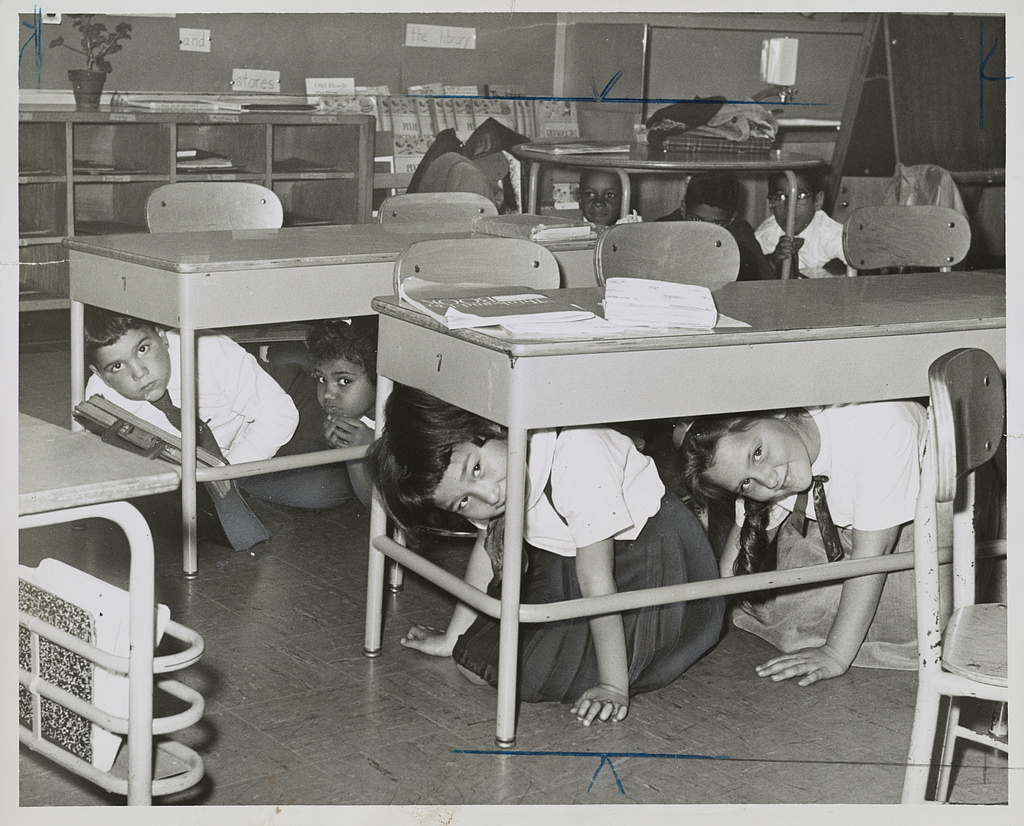
A lot has been said lately about reopening our schools. And there should be a healthy discussion about it — after all education is the single most important aspect of a functioning society. It is the only industry that literally makes every other industry possible. I’m not being hyperbolic; without education we wouldn’t have lawyers, doctors, even Presidents … although after his last tweet on the issue, it’s clear he could use a day or two in my English class to learn how to effectively communicate. But I digress.
As a society we need education to educate. Of course now that we’re living through a pandemic, we also hear that we need education so parents can get back to work. (And let me tell you, nothing is more frustrating as an educator than when our profession is held up as a holding den for kids while their parents are at work.) We shouldn’t be pushing for school to reopen to save jobs, we should be pushing for school to reopen so we can educate our future leaders.
But here’s the thing: We need to do this safely for all parties involved. What happens if a student comes down with COVID-19? Every student in that class quarantines? Now maybe that sounds feasible to you, but my high school students have six classes they go to a day. So in that scenario, we’re quarantining six classes full of students as well as the six educators that hold everything together. What about siblings? Do they also have to quarantine? How about the children of teachers? Every hour we’re hearing about camps that have had to close after infections; today it came out that a district in California simply had a meeting about reopening, and now dozens of administrators are quarantined. Now picture this happening in October. What happens to kids then? Even with some districts saying that they’re going to give families a choice, how does that work with the teacher? Is every lesson to be designed as an online lesson so you can simultaneously teach students at home and online?
Before any naysayer can attempt to claim this is just a plea for more “at home time,” let me stop you right there. I’m an educator. I’m also a mom. Distance learning was not a walk in the park as a working parent. I had to set up a classroom that didn’t interrupt my son’s learning or my husband’s job because I don’t run a quiet classroom. I found myself answering emails and checking papers at all hours of the day, which isn’t too far off from the norm, but it also felt like I was never leaving work. With only a week’s notice I had to think of ways to engage my students and not turn class into a digital “chalk and talk.” I also had to do what every other parent in our state had to do: Make sure my own child had what he needed, stepped in as IT support occasionally, made sure he got up every now and then, took a break, had something to eat. I learned that working from home is not for me. One of my happiest places on Earth is room 304. In my classroom I witness greatness on a daily basis. Being with my students is inspiring, intellectually stimulating, and just plain fun. (My students have a great sense of humor. And who doesn’t like to laugh at work?) It broke my heart ending 2019-2020 at home, and I don’t want to be away from my students anymore. I also don’t want to see any more of my students lose family members. Or witness students trying to work on school work (and in one case take an AP exam) while struck with COVID.
There are far too many questions, and although Rhode Island has done an extraordinary job handling this pandemic, there are too many variables to ensure every stakeholder’s safety. And let’s not forget: Rhode Island led the country in distance learning. We know we can do this and offer rigorous lessons for our students. Let’s lead again. Let’s invest in hotspots so students can access school from home. To say that this is a difficult time for the world would be a gross understatement; however, if we can continue to navigate through this safely use this time to really plan for distance learning for the health and safety of everyone in our state, we will once again come out as leaders. Let’s teach the rest of the country how this can be done, and continue distance learning.


